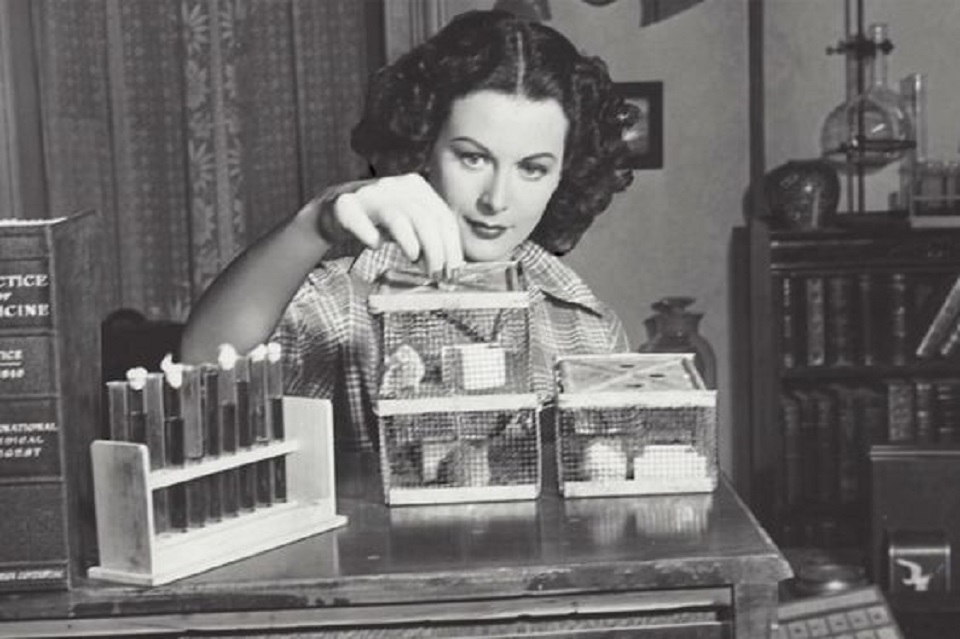
1. Ada Lovelace – Computer Programming
Lord Byron’s daughter, Ada Lovelace, met Charles Babbage, a mathematician, in 1833. He had designed Difference Engine, which is a calculating machine. Lovelace and Babbage collaborated in order to create another piece, that would’ve been the first “Analytical Machine”.
Ada Lovelace wrote several detailed notes for Babbage, while she worked as an interpreter. By doing this, she laid the foundations of what would in the end become computer programming.
Ada’s mother, Annabella Milbanke Byron, emphasized different subjects in her studies, such as French, music and mathematics. Lovelace also played the harp, read poetry and loved to ride horses. Because she was good at these things, historians didn’t believe that she could do something so significant as interpreting scientific notes. After many years of not being believed, people studied her notes and finally agreed that she is the one who actually wrote them.
2. Hedy Lamarr – Radio Guidance System
Hedy Lamarr, born Hedwig Eva Maria Kiesler, was a movie actress and an inventor. At the beginning of World War II, she collaborated with composer George Antheil, in order to create a new guidance system for Allied torpedoes. They were used to spread spectrum and frequency hopping technology, for the purpose of defeating the risk of jamming by the Axis powers.
Initially, the US Navy didn’t seem interested in her creation, but a few years later, in the 60s, they stole it and incorporated it into their weapon systems. Speaking in today’s words, Hedy Lamarr and George Antheil’s invention was the base for Bluetooth, CDMA and Wi-Fi.
Their invention led them into the National Inventors Hall of Fame in 2014.
3. Nettie Stevens – Sex Chromosomes
When she was 39 years old, Nettie Stevens began working as a research scientist, due to her interest in the process of sex determination. She found that females made reproductive cells with only the X chromosome, while males made reproductive cells with both X and Y chromosomes.
She determined that sex is actually inherited as a chromosomal factor. In addition to that, she also established that males determine the gender of the scions.
Although Nettie Stevens is the one who figured out this connection, E.B. Wilson, her mentor, is the one who published the papers before her. This is why he is usually credited for the discovery, instead of her.












































